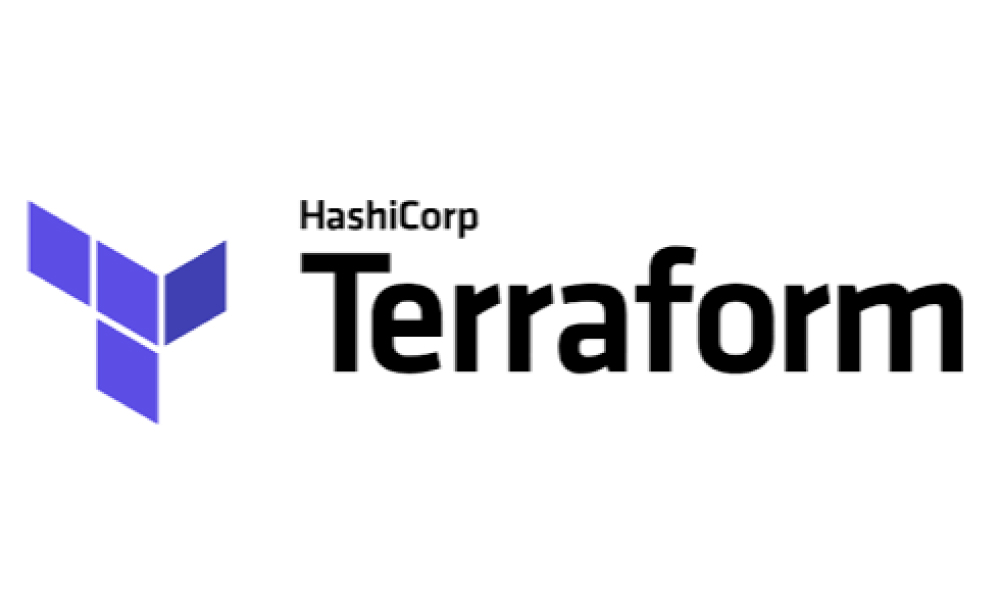Infrastructure management is very important in cloud computing. To manage it AWS CloudFormation and HashiCorp Terraform tools are used widely. Both are recognized as Infrastructure as Code (IaC) tools. They help you define the resources you need to obtain in the cloud with code. But which one is better? Let’s dive into a comprehensive comparison to help you decide.
What is CloudFormation?

CloudFormation is an AWS service that helps you model and set up AWS resources. It starts with a template specifying all the AWS resources you want. It will provide and configure these resources for you based on the template you have created. According to a published report, as of 2023, the global market share of AWS Cloud was reported to be 32%.
What is Terraform?

Terraform is an open-source IaC tool developed by HashiCorp, which helps create and provision data center infrastructure using a high-level configuration language. It enables the management of resources across many different cloud providers, like AWS, Google Cloud, and Azure.
As per source, around 70% of organizations use Terraform for infrastructure management, highlighting its popularity in multi-cloud environments.
CloudFormation vs. Terraform: A Side-by-Side Comparison
1. Ease of Use:
- CloudFormation: If you are already using AWS, then CloudFormation could be learned with very good documentation and having been integrated into AW, it feels really familiar to AWS users. The templates are done in JSON or YAML-verbose-but once you figure them out, they are very easy to understand.
- Terraform: Terraform provides an HCL configuration language. Most people find HCL easier to read and write compared to JSON or YAML. Terraform syntax has also been designed to be human-readable and succinct.
2. Multi-Cloud Support
- CloudFormation: It only supports AWS. That's not a problem if you're working only with AWS. When you want to work with multiple cloud providers, though, then CloudFormation won't be able to help.
- Terraform: Teraform’s biggest strength is that it can work with many cloud providers. Using one tool, you are able to manage your resources across AWS, Google Cloud, Azure, and even on-premises solutions.
3. State Management
- CloudFormation: CloudFormation automatically manages the state of your infrastructure. It observes and tracks all the resources it creates and automatically updates those resources over time. That's nice, but it also means you don't have as much control over the process of managing the state.
- Terraform: It keeps track of infrastructure by using a state file. The state file maps your configuration to the real resources. You have much more control over the state file, but it also means you must deal with it in a very careful way to avoid problems.
4. Modularity and Reusability
- CloudFormation: CloudFormation does support modularity by the use of nested stacks. This allows you to reuse templates. However, managing nested stacks gets complicated.
- Terraform: Another key area in which Terraform shines is modularity. You might have a set of modules that encapsulate typical configurations, making it easier to handle and share the code of infrastructure between projects.
5. Community and Ecosystem
- CloudFormation: With it being an AWS service, it benefits from the huge documentation and support attached to it. However, its community is relatively smaller than that of Terraform.
- Terraform: Terraform has a very large, very active community. There are many modules and providers available, which would save you some time and effort. As a community-driven tool, you will surely have many tutorials and examples available online.
6. Learning Curve
- CloudFormation: If you have already known your way around AWS, possibly the learning curve would not be that steep. But mastering its template syntax, however, takes lots of time.
- Terraform: For Terraform, the HCL is friendly to beginners. Therefore, you can begin working with IaC with relatively less struggle, and the rich documentation and community support would ease that gradual learning curve.
7.Cost
- CloudFormation: This is free to use. With CloudFormation, one will be charged only for the AWS resources they create. Additionally, if one would love to have more elaborate features like StackSets, it also depends on your extra costs.
- Terraform: Terraform is free and open source. HashiCorp also offers Terraform Cloud and Enterprise for more features and support, of course-with a price tag.
Summing Up!
Which tool to prefer, CloudFormation or Terraform? The choice depends on your particular needs. If you are already quite heavily invested in AWS and prefer a tool that's closely aligned with it then CloudFormation may be the better choice. If you do need a multi-cloud solution or just prefer a tool with a strong community and modularity, then in this case, Terraform is the way to go. Both tools have their strengths and weaknesses. The best choice will just depend on your use case. Whichever one you choose the use of IaC will no doubt make managing your infrastructure more efficient and reliable.
To know more about Cloud management visit us at SecureITWorld!
You may also like to read: Cloud security: Top Risks and Solutions





